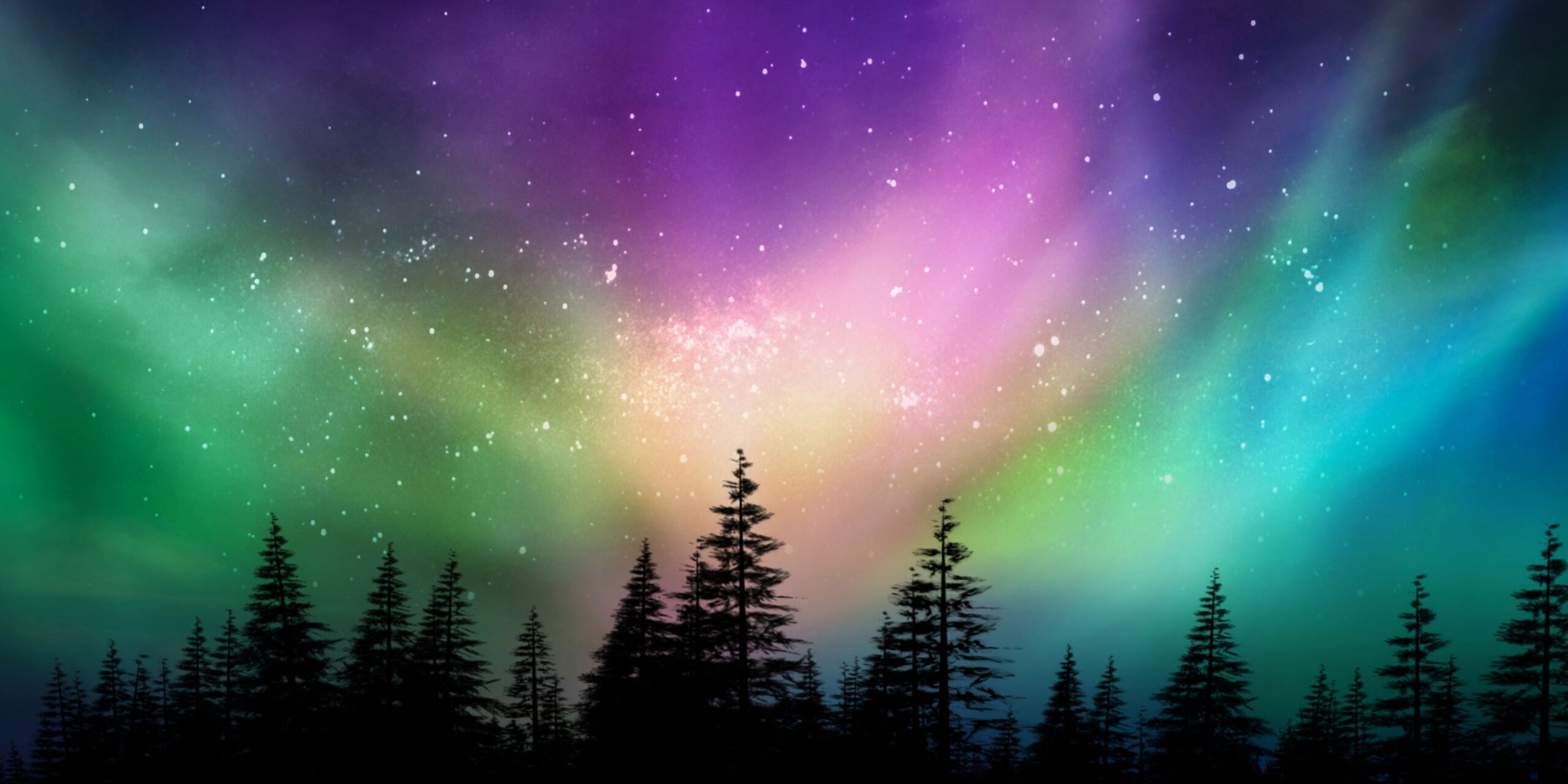The beautiful spectacle of flashing lights in the Arctic sky, known as the Northern Lights or Aurora Borealis, is a celestial phenomenon that fascinates even the most intelligent people. These suddenly appear in the form of shining curtains and are the result of dark effects taking place in the middle of the Earth’s circular region from the Sun’s rays.
What Causes the Northern Lights?
Solar Wind and Charged Particles
Auroras occur when electrons and protons falling from the Sun collide with gases present in the Earth’s atmosphere. This contraction releases energy in the form of light, which gives life to the Northern Lights.
Interaction with Earth’s Magnetic Field
The Earth’s magnetic field directs these four rays towards the Earth’s polar regions, where they interact with airborne gases such as nitrogen and oxygen, which we know are visible in the form of the Northern Lights.
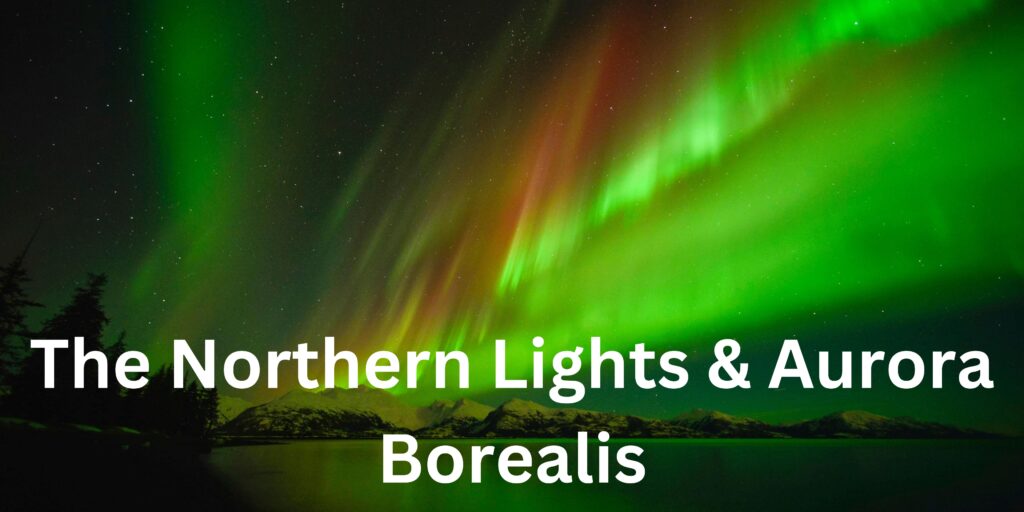
The Spectacular Display
Colors and Patterns of the Northern Lights
The colors of the Aurora Borealis are determined by the type of gas particles involved and their altitude. Oxygen at higher altitudes produces red and green lights, while nitrogen produces purples, pinks, and blues. The lights often form mesmerizing patterns, from pulsating waves to dynamic swirls.
Variability in Intensity and Frequency
The speed and frequency of the Northern Lights vary under the influence of solar activity. When the sun’s activity increases, manifested in the form of solar storms, these lights become more frequent and brighter, creating a brighter display of celestial phenomena.
Best Places to Witness the Northern Lights
Ideal Geographical Locations
In regions around the magnetic poles, such as North Scandinavia, Canada, Alaska and Iceland, the best places to see the Northern Lights are. Being closer to the poles increases the possibility of clear visibility.
Tips for Choosing the Right Time of the Year
Northern Lights are visible throughout the year, but are more liked during the winter months because the nights are longer and the sky is clearer. Planning a trip during low-pollution times makes the viewing experience even better.
Stay tuned for the next part of this article, where we will give you important tips for traveling to Northern Lights adventure, such as essential accessories, correct setting for photography and information about the cultural significance of this ancient miracle. Get ready for a journey into the heart of the amazing world of the Arctic.
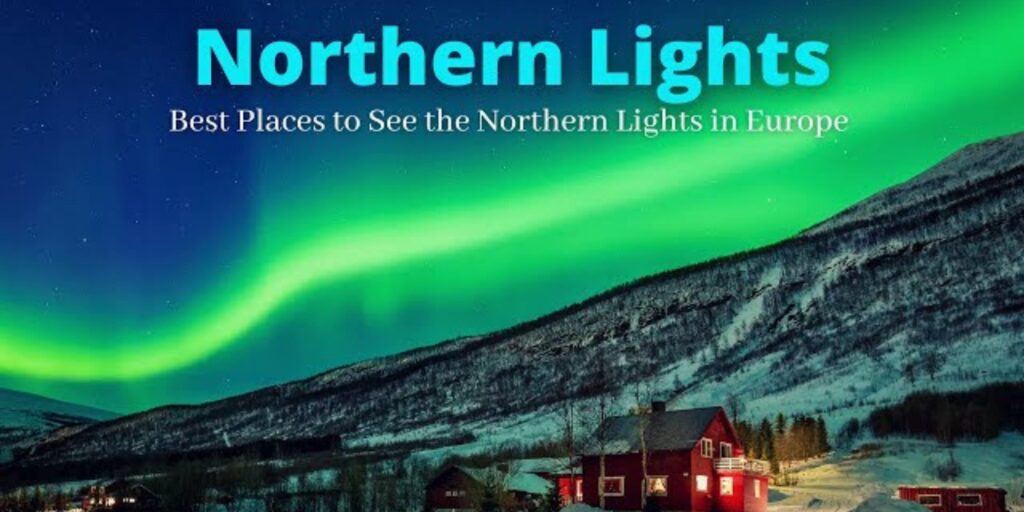
Planning Your Northern Lights Adventure
Necessary Equipment and Gear
To enjoy the Northern Lights, preparation is very important. With the right treatment, you can experience more comfort and better vision. Necessary items include warm clothes, waterproof socks and thermal blankets, so you can escape the cold weather and see the Northern Lights.
Weather Considerations for Optimal Viewing
Weather conditions play a major role in the visibility of the Northern Lights. Clear sky is necessary, because clouds can block the vision. By knowing the weather forecast and choosing a low cloudy night, you get a chance to see the aurora with full enthusiasm and joy.
Photographing the Aurora Borealis
Camera Settings and Techniques
Capturing the Northern Lights through photography requires specific settings to showcase their vibrant colors and dynamic movements. Setting a high ISO, wide aperture, and long exposure allows cameras to capture the intricate details of the lights. Tripods are essential for stable shots during long exposures.
Recommended Equipment for Capturing the Lights
It would be very beneficial for you to invest in good photography equipment to capture spectacular images of the Northern Lights. DSLR or mirrorless cameras that come with manual settings and wide-angle lenses will be right for you. Remote shutters reduce camera shake, making photos even clearer and beautiful.
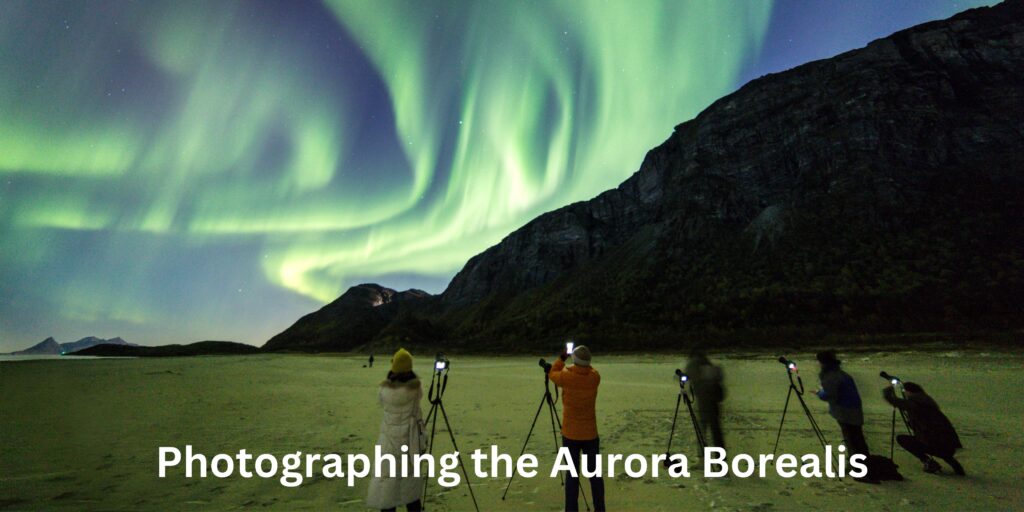
Cultural Significance of the Northern Lights
Mythological Beliefs and Legends
Throughout history, different Sanskrit writers have created tales and stories based on the Northern Lights. In Norse mythology, these lights are manifested in the form of shining lamps of celestial warriors, while in indigenous Alaskan folklore, they represent the spirits of warriors dancing in the sky.
Influence on Art and Literature
The Northern Lights have inspired many artists, writers and poets. The fragrance and beauty of this divine display has been depicted in countless paintings, poems and stories. This light represents the union between beauty, mystery and earthiness and divine.
Northern Lights Tourism
Impact on Local Economies
The attraction of tourists during the Northern Lights event has a positive economic impact for local communities. Tourism resorts, guided tours and sales of Northern Lights-related merchandise support local economies, allowing for sustainable growth.
Responsible Tourism Practices
Foreign travelers come from all over the world due to the attraction of Northern Lights, but it is important to practice responsible tourism. Adhering to the local culture, reducing the impact on the environment and following the rules of sustainability helps in preserving the beauty of nature around us.
Continue in this future article, where we will consider the predictions of the appearance of the Northern Lights, give tips for a memorable experience and also understand the stories of the people who have run in front of the Northern Lights, which is a unique example of man in this celestial journey. be recognized.
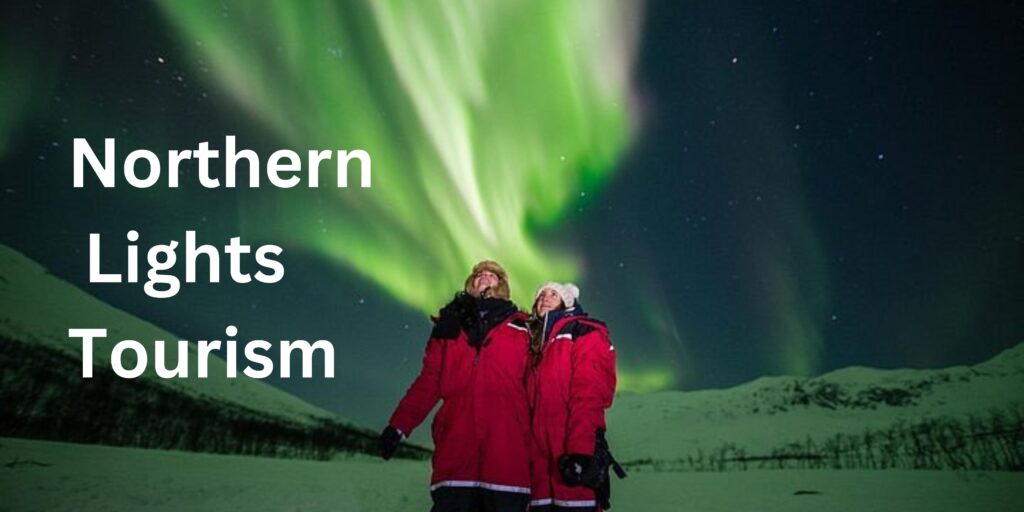
Scientific Research on the Northern Lights
Ongoing Studies and Discoveries
The Northern Lights have become an object of scientific interest even today. Ongoing studies are trying to solve the mystery surrounding the scenery, the place where it reveals our society’s connection with the Sun and the Universe.
Contributions to Space and Atmospheric Science
The knowledge gained from the research of Northern Lights has huge implications for celestial and atmospheric science. The understanding of the relationship between the Sun’s orbit and the Earth’s orbit also signals progress in the field of related science along with improving knowledge about our planet’s revolution.
Conclusion
Ultimately, the Northern Lights, or Aurora Borealis, are a magical and awe-inspiring phenomenon that cannot be explained by scientists. When you embark on your own Northern Lights journey, remember to be patient, embrace the beauty of nature and connect with the universe in this unique and fascinating experience.
Get Ready for Your Northern Lights Adventure!
Now that you have knowledge about the Northern Lights, their cultural significance and practical tips for a memorable experience, you are ready to take a journey into the heart of this celestial miracle. Whether you are an experienced traveler or visiting for the first time, the Northern Lights promise you a magical experience beyond any ordinary star.
Don’t miss the chance to see the dance of light in the Arctic sky. Pack your luggage, wear warm clothes and prepare to fall in love with the dazzling beauty of the Aurora Borealis. When you look at this celestial spectacle, remember that you are part of a long tradition of people marveling at the wonders of the universe.
Checkout more links : 15 Amazing Space Facts That Will Blow Your Mind

